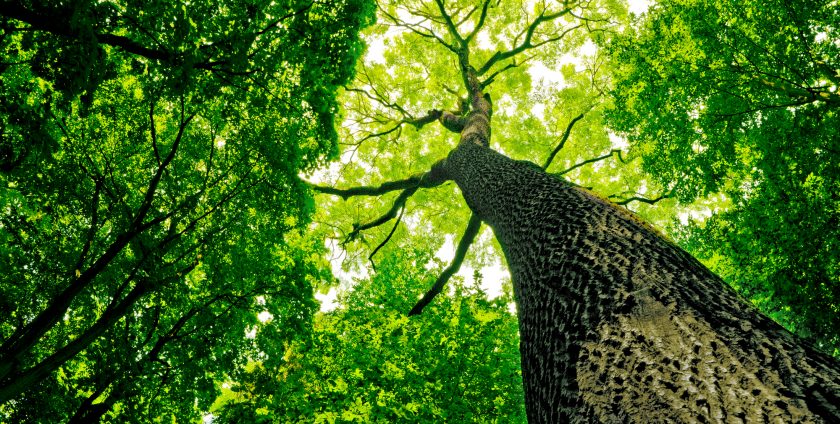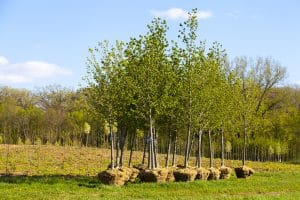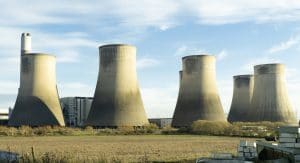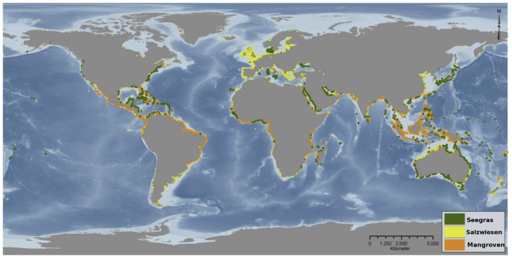
- By: admin
- 0 comment
Top Ten Carbon Capture Options – Part One
Global energy-related CO2 emissions flattened in 2019 at around 33 gigatonnes (Gt) (33 billion tonnes). This figure will be reduced substantially as hydrocarbon fuels are phased out and greater energy efficiency achieved. However, CO2 emissions will not be eliminated completely. Carbon capture technologies (also known as negative emissions technologies) will be required to remove or sequester the emissions that remain. This is the first of two articles examining the top ten Carbon Capture options. The first five follow.
1. Planting trees – afforestation and reforestation
Restoring previously forested areas (reforestation) and planting new forests (afforestation), is probably most common method of carbon sequestration and currently the most effective of the top ten carbon capture options. Tree
The type of tree is also important in order to maximise the carbon absorption on a given area of land. The choice will also depend on the local environment. The article, “10 Carbon-Storing Trees and How to Plant Them” is a good starting point. However, planting trees cannot be the sole solution, as the area required would significantly reduce the land needed for food production.
2. Bioenergy with carbon capture and storage (BECCS)
BECCS is based on growing bioenergy crops that are burnt to produce electricity. The CO2 is then captured as it is emitted, then stored. Grains and starch crops; sugar cane, corn, wheat, sugar beets, industrial sweet potatoes, are the main sources. Potentially, the waste from crops and forestry could also be used, as well as Municipal Solid Waste (MSW) from domestic waste. In fact, there are two BECCS plants using MSW.

However, do not think of BECCS as a way of converting and retaining existing gas or coal fired power stations. That is a non-starter as the enormous quantities of biomass required would seriously impact food production and biodiversity. That said some BECCS power stations will probably provide the necessary backup when there is little wind or sun to power windfarms and solar arrays.
3. Direct Air Capture (DAC)
Direct air capture removes carbon dioxide from the atmosphere in general rather than at the point of emission. The CO2 is then stored in underground reservoirs (e.g. worked out natural gas fields) or used in the production of chemicals, building materials and other products that contain CO2. The process works by passing atmospheric air through either a liquid, usually an aqueous alkaline solvent, or a solid sorbent filter (imagine a molecular sieve) that removes the CO2 whilst allowing the other chemicals to pass through the filter unaffected.
As yet, the technology has not been demonstrated on a large scale and the costs are currently uncertain. At present, the estimates range from of $94 to $232 per ton of CO2 It is predicted that in a
large scale plant the cost will fall below $60 by 2040. DAC also requires a considerable amount of electricity to operate and unless this was sourced from a carbon free source (e.g. wind, solar or nuclear), it would end up releasing more CO2 than would be captured. The amount of energy required to make significant difference, say one billion tonnes of CO2 per annum, would require an installed capacity of 500GW of nuclear or 1,200GW of wind. As of 2019, global nuclear power generated 392GW and global wind power generated 651GW.
The amount of energy needed is so high because the concentration of CO2 in the air at 0.04% is very low. Compared that to a biomass power station’s flue gas emissions, where around 15% of its emissions by volume is CO2. This means that BECCS is a far cheaper and more practical option DAC.
4. Habitat Restoration – Blue Carbon
Carbon stored in coastal areas is known as blue carbon. The CO2 sequestered in these coastal habitats, like salt marshes, mangroves, and seagrass beds, is stored 10 times faster than in forests on land. They also store three to five times more carbon per hectare than tropical forests. Efforts to develop these areas have been given a boost with the introduction of the Blue Carbon Initiative. This is a global program designed to restore and preserve these coastal habitats.
The World Resources Institute estimates that coastal and marine ecosystems should account for an annual 1.4% emissions capture by 2050. The same body states the need to investigate the opportunities for “…the potential for seaweed to replace more emissions-intensive options for fuel, [animal] feed and food.” Apple has been investing in a 27,000-acre mangrove forest in Columbia. That said, using coastal areas to mitigate the effects of climate change is still in its infancy. Substantial, environmentally friendly development of Blue Carbon is still some time off.
5. Building with Biomass
Building with plant-based materials has a long and successful history. The basis of the idea is to use material that will hold carbon in its structure and retain it there for as long as the building lasts. Timber and bamboo are the primary structural elements with hemp, wheat straw, barley straw or wool for insulation and hemp-lime blocks for non-load bearing walls.

Image by Herbert Aust from Pixabay
These materials are a good alternative to steel and concrete, that emit a lot of CO2 in their manufacture. Additional benefits of using natural materials, include the ability to regulate moisture and absorb pollution. Unfortunately, in the UK, lack of investment, regulations and expertise, is holding back the use of such materials.
In part two of the Top Ten Carbon Capture Options , we look a five more of the leading options that are mainly based on geoengineering options.
Glen Winkfield
2nd December 2020

